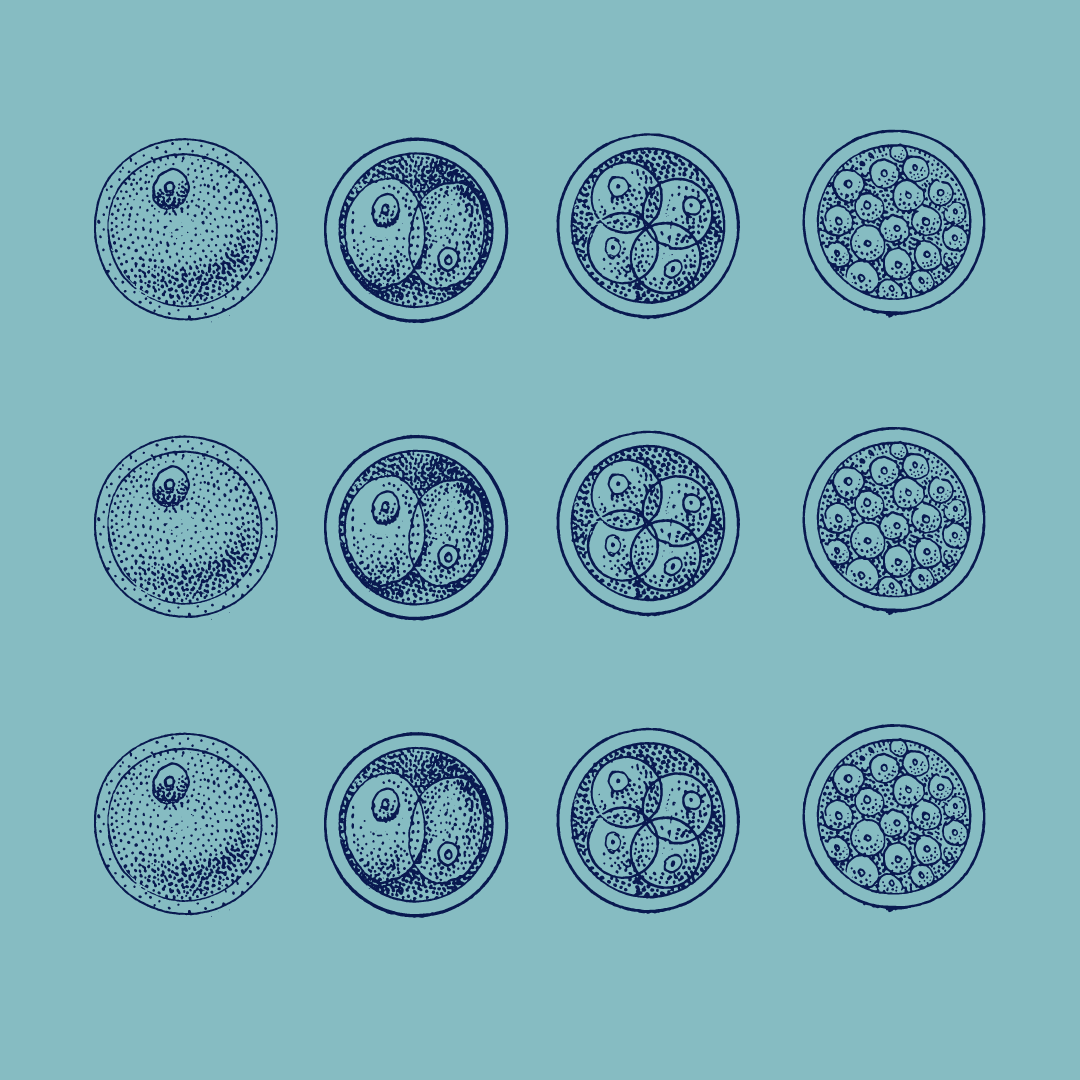Aggregated News

When someone says the word embryo, what do you think of? Probably that picture you’ve seen a thousand times on a thousand different news articles: a translucent orb swelling with cytoplasm being prodded by a microinjection needle under the light of a microscope. The mainstreaming of IVF, or in vitro fertilization, has familiarized new generations of people with what the earliest stages of human development entails.
But earlier this summer, when scientists revealed they’re now able to create blobs of stem cells in the lab that self-organize into the same sorts of structures embryos themselves build during those first few weeks, it blasted wide open whatever ideas of the embryo we used to have. Were these structures embryo models, as some scientists named them, or something approaching actual embryos? How would anyone know when that line had been crossed?
“The definition of the human embryo is far from being engrained, it’s constantly evolving with scientific advances,” said Nicolas Rivron, a developmental biologist at the Institute of Molecular Biotechnology of the Austrian Academy of Sciences in Vienna. In a perspective published...



